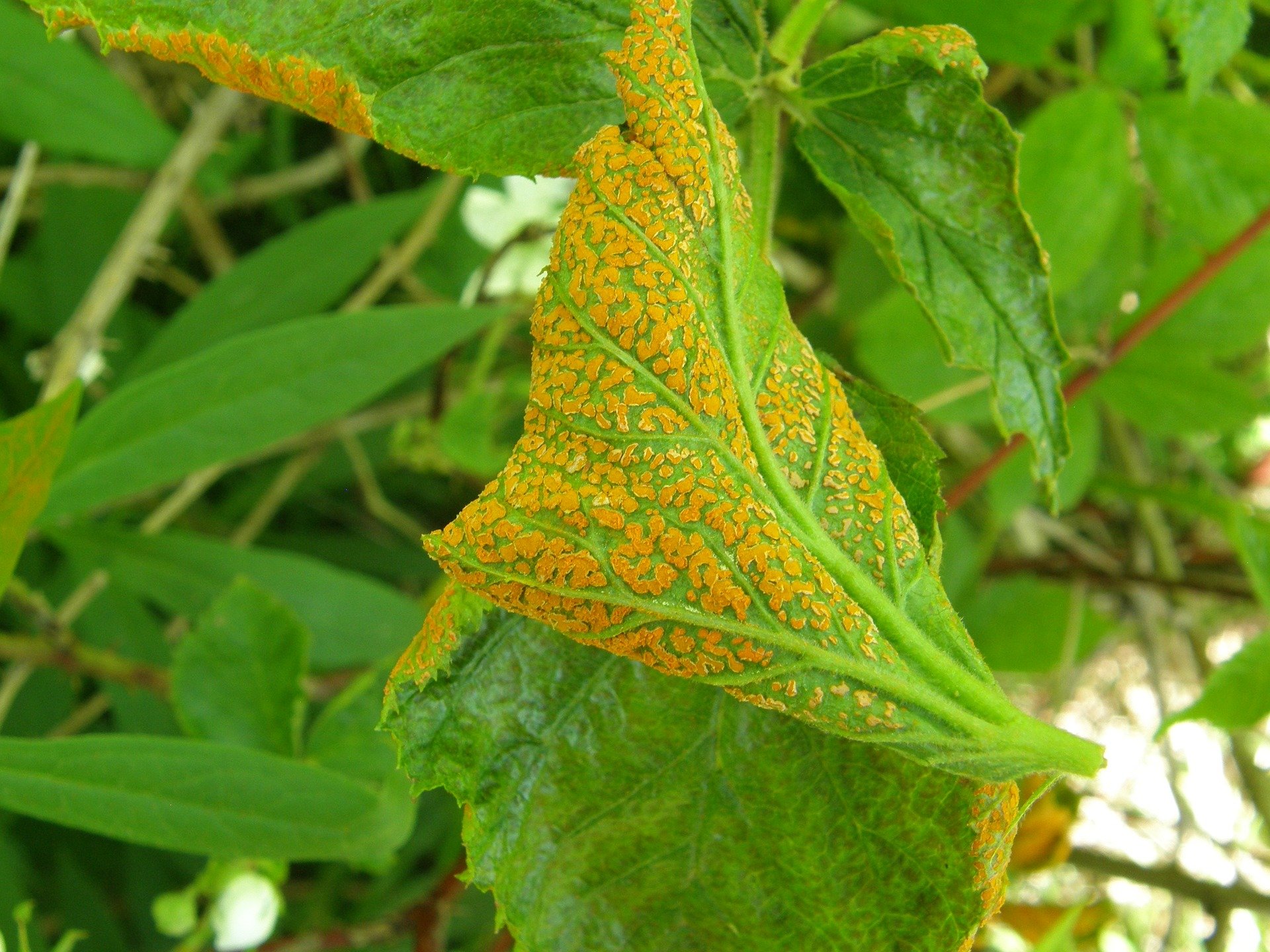Daniel Than
The wisdom behind prevention is better than cure has been around for a long time and suggests that we need to be more proactive than reactive in our daily diet.
This is no different in horticulture. We see this principle being used in Integrated Pest Management to great success. Likewise, management of plant disease needs to start with strategies for its prevention. The cost of prevention is much less than the cost of having to be reactive or the health risk of using unwanted inorganic fungicides and bactericides.
One method of prevention is through controlling the environment conditions. Plant diseases have an optimum environmental condition for it to infect and complete its life cycle on plants. Understand this, and prevention becomes possible.
Rust disease, a disease found across many crop types for example, is a microbe that looks like, as its name suggests, rust on metal. It germinates and infects the plant when their spores are at very high humidity for an extended period and favorable temperature. Spores are like the “seeds” of microbes that generally need moisture for germination.

Researchers studying rust disease in the laboratory simulate this environment by increasing the humidity in a grow chamber by misting, after adding the spores to the plant. Those spores are less likely to germinate at lower humidity. Prevention of rust disease therefore involves maintaining a humidity level, lower than the levels that enables their spores to germinate and infect the plant.
Prevention starts with environmental condition monitoring using sensors. Temperature and humidity are the most common readings for this purpose, but as more is discovered through research on plant diseases, other readings may also prove to be useful. It is imperative that growers know the ideal conditions for disease development, specifically diseases that are historically a problem for their crop. The grower can then monitor the sensor data and act when the data profile matches ideal disease formation conditions.
Better still is controlling their growing environment through heating, cooling or venting to never allow for such conditions. In a nutshell, the daily “diet” of a grower needs to include monitoring the data coming from sensors and making informed decisions and strategies for disease prevention.
If you’re looking for a way to understand the climate in your growing area, the IntelliClimate by Autogrow controls all aspects of climate control in one controller.



Submit a comment